Hyundai i20 N Line vs VW Polo 1.0 TSI vs Fiat Palio 1.6 S10: Comparison
If the Hyundai i20 N Line wants to be taken seriously as a hot hatch, it must prove its worth against the legends of yore – the Palio 1.6 and Polo GT TSI – which still rule the hearts and minds of the car enthusiasts!
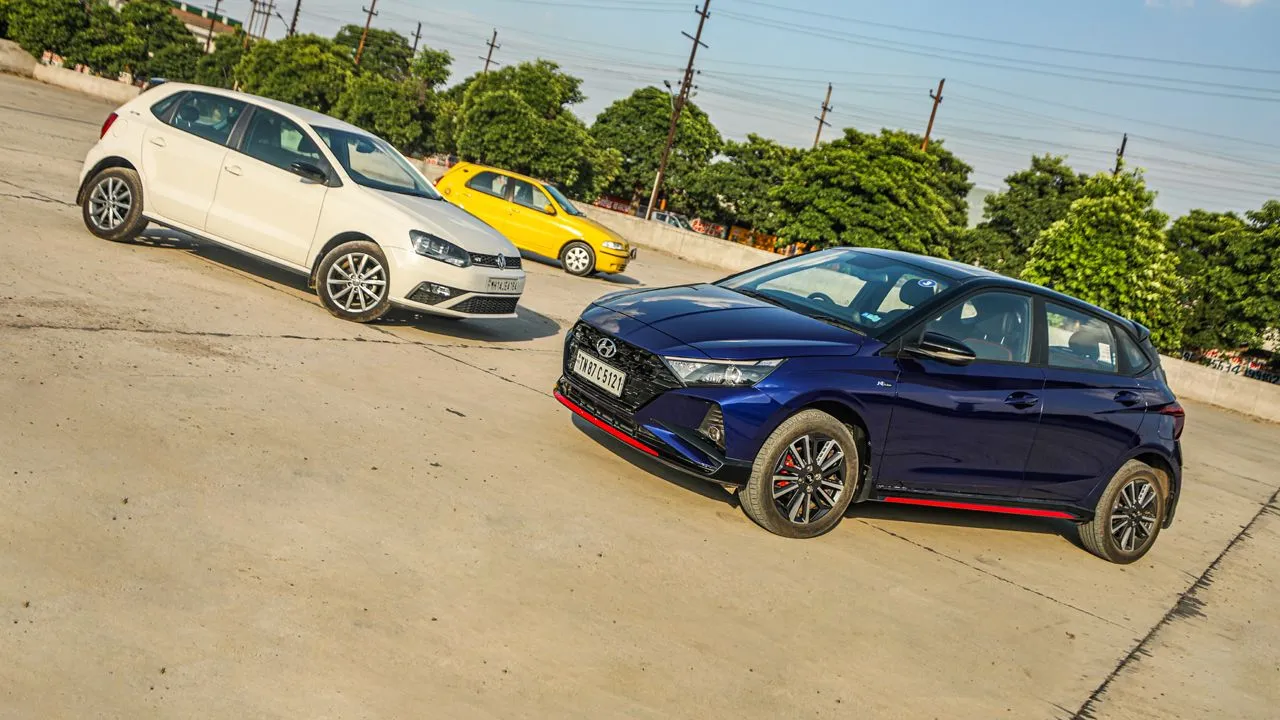
If the i20 N Line wants to be taken seriously as a hot hatch, it must prove its worth against the legends of yore – the Palio 1.6 and Polo GT TSI – which still rule the hearts and minds of the car enthusiasts.
Growing up in a middle-class family means that your life choices are dictated by needs rather than what you want. Come to think of it, that’s the beauty – or irony – of being from a working-class family. You always get what you need, but it won’t probably come in the same shape or size as you desire. Sometimes, I think the middle-class is God’s attempt at being kind and funny at the same time.
I can tell you this because I never got the bicycle I wanted; never got enough pocket money to do a Goa roundtrip, and was never gifted a PlayStation on my birthday – even after all the pleading and begging that went on my 16th birthday. But when the time came to buy my first car, I wouldn’t let my family’s middle-class thinking come in the way. I was not going to make a compromise on that front, I was 100% sure about that! I was not going to inherit some random family member’s Maruti 800 or Wagon R. In fact, I was very clear in my head as to what I wanted as my first car – a Fiat Palio 1.6.
In my school years, I had only read great things about the Palio in car magazines, and how it was a ‘driver’s car’ in every respect. The fact that one of my neighbours had a purple Palio 1.9D only made me fall harder for it – I used to swoon over its curves. But I didn’t want a purple Palio or a diesel car for that matter. I wanted a Palio 1.6 GTX in Formula Red. The dream was to hoon around town like a low-rent Michael Schumacher, driving a low-rent Ferrari. At least, that was the picture that I had in my head.
When I started working 7 years ago, I was ready to buy my first car. Being a newly recruited mechanical engineer, buying my first car required generous donations from my mom, of course. But since this was as recent as 2014, old Palio 1.6s were going for dirt cheap. After spending sleepless nights on car forums and classified sections, I finally bought myself a 2007 Palio 1.6 Stile for just under a lakh rupees! The dream was realised and even though it didn’t actually go to plan – as you shall read in the following paras – it still makes me proud and happy about myself to date. My first car was the one I wanted rather than what was needed.
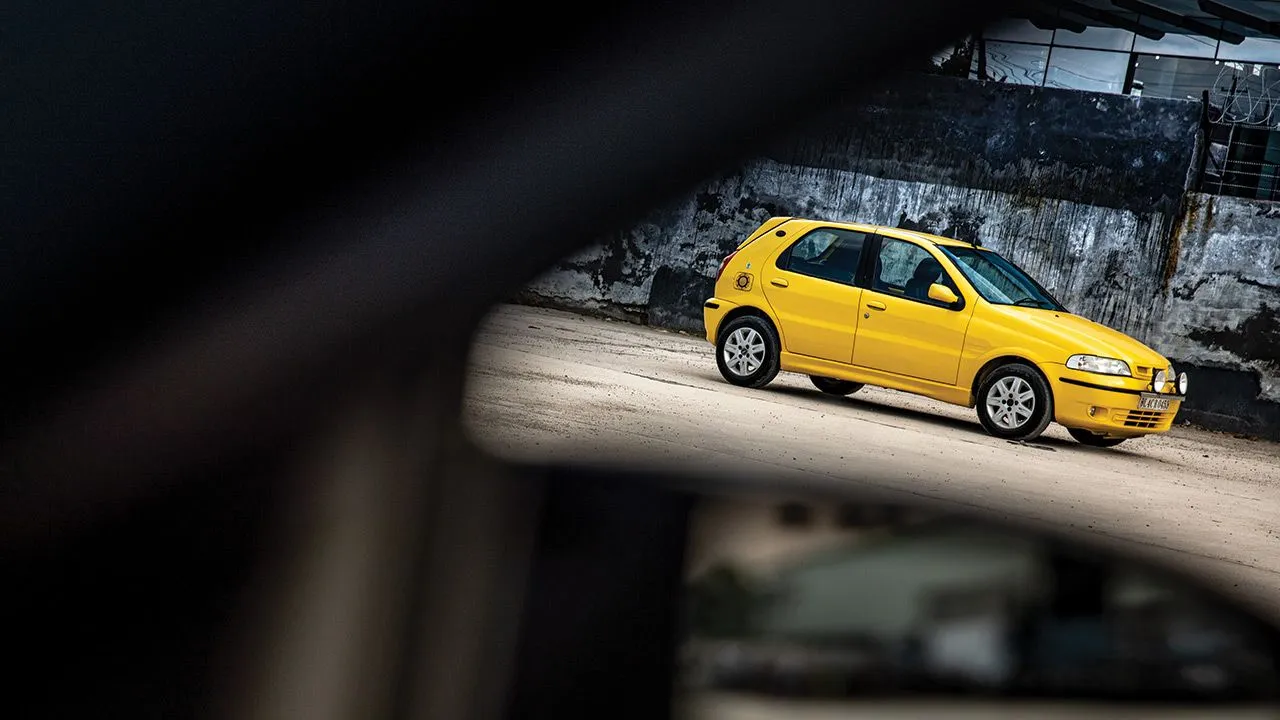
The Hot Hatch OG: The Palio 1.6
To say that the Palio 1.6 was way ahead of its time would be a gross understatement. It was not only a hot hatch with 100 horses at the time of its launch in 2001 but also had an SP (a safety pack) on offer, which meant ABS and a driver airbag were part of the kit. Remember, all this was two decades ago!
More importantly, though, the Palio 1.6 was known for its engaging driving experience and solid build quality. The car you see on these pages is the limited-edition S10 version, of which only 500 units were made, and they were available only in a bright yellow colour. The car was a tribute to the brand’s-then India ambassador and cricket legend Sachin Tendulkar. Sachin’s signatures were present virtually everywhere on the car. That said, the S10’s updates weren’t limited to its appearance – in fact, Fiat engineers put in a lot of effort to enhance its driving experience even further. The S10 had shorter gear ratios, a company-fitted free flow exhaust, and newly designed 5-spoke alloy wheels. There was even a roof spoiler. Sweet!
Having lived with the Palio 1.6 Stile for four years, I was expecting the S10 to offer a similar driving experience. I was told multiple times in the past that the version I used to own was the ‘softest’ Palio 1.6, while the S10 was the most involving. Was that the case then? Truth be told, there was some difference but nothing like night-and-day. Or, maybe I stopped gauging everything objectively because more than anything this was a nostalgia trip for me.
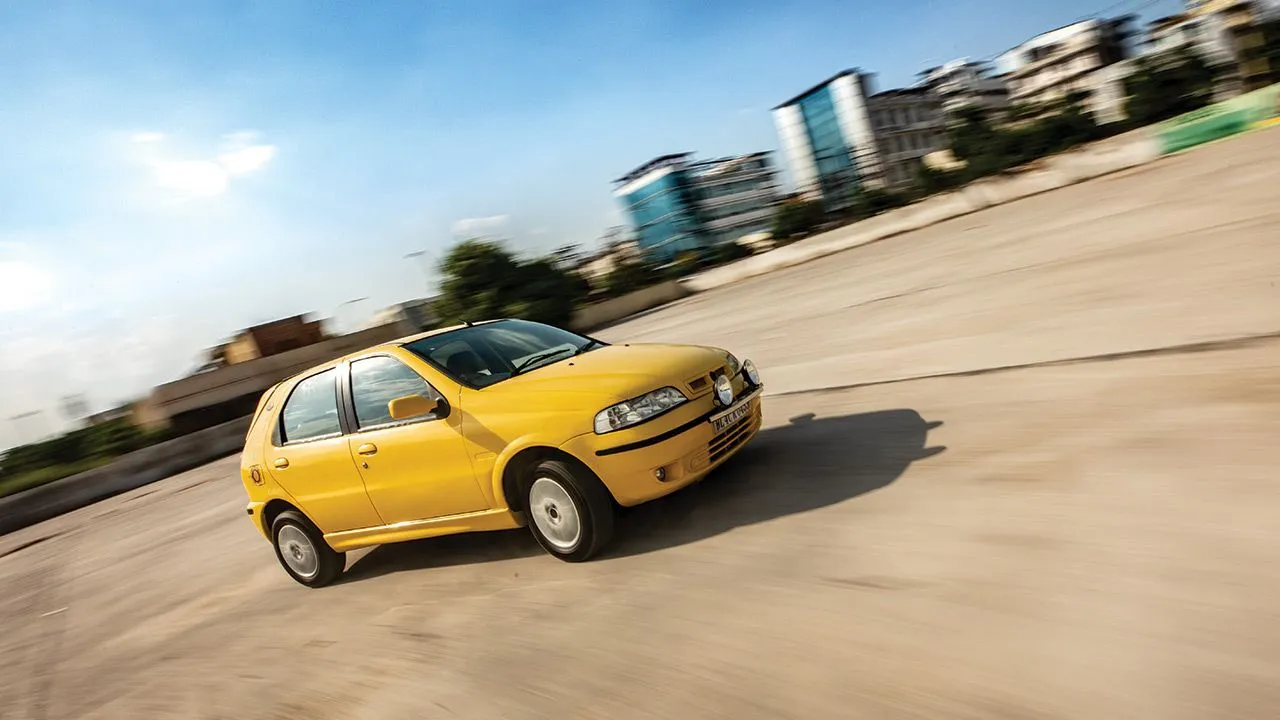
The S10 you see here has already clocked 1,35,000km, and it still runs like a dream. It’s the 96th car of the 500 units made and belongs to a friend and a true Fiat enthusiast, Anupam Shukla. Despite its age, it’s still capable of making every hair at the back of your neck stand on end with its breathtaking performance. What surprises me the most about the Palio 1.6 is how Fiat managed to get everything right with this car – be it its phenomenal ride-and-handling, delightful hydraulic steering, or the fire-breathing 1,596cc 16V DOHC four-cylinder naturally aspirated petrol motor - everything is spot on. The Palio 1.6 defined fun like none of its contemporaries. The engine was easily the star of the show. Its performance is intoxicating even today. Torque pours thick right from 1,500rpm, and it only gets stronger and headier as the revs climb all the way up to the 6,800rpm redline. And don’t even get me started on the induction noises it produces when you’re at it – no modern mass-market hatchback can come close to the kind of aural experience provided by the 1.6. It’s like being in an Italian orchestra.
The Palio 1.6 was a hot hatch in every sense of the word. And while I admit unabashedly that I’m still one of its biggest fanboys, I must add that I am not a blind bhakt. Calling it flawless would be a bit like calling all politicians honest. For its brilliance, the Palio was riddled with faults, and the worst part was that there was no one to fix it – its own parent company treated it like a step-child.
To give you an idea, let me tell you something about my experience with the Palio 1.6. From what I can remember, my car would only run trouble-free on the 8th day of the week. The fuel tank was like a black-hole – petrol would simply disappear into it, without offering much in return. The ‘reserve’ light on the fuel gauge was always on, which meant that I hardly got any chance to pay attention to the beautiful Veglia Borletti analogue dials. Not only a heavy drinker, but the Palio 1.6 was also a bit hot-tempered, and I mean literally. Driving it in daily traffic was like taking a Siberian Husky for a walk in Gurgaon's heat – it would huff and puff for cool air every two minutes.
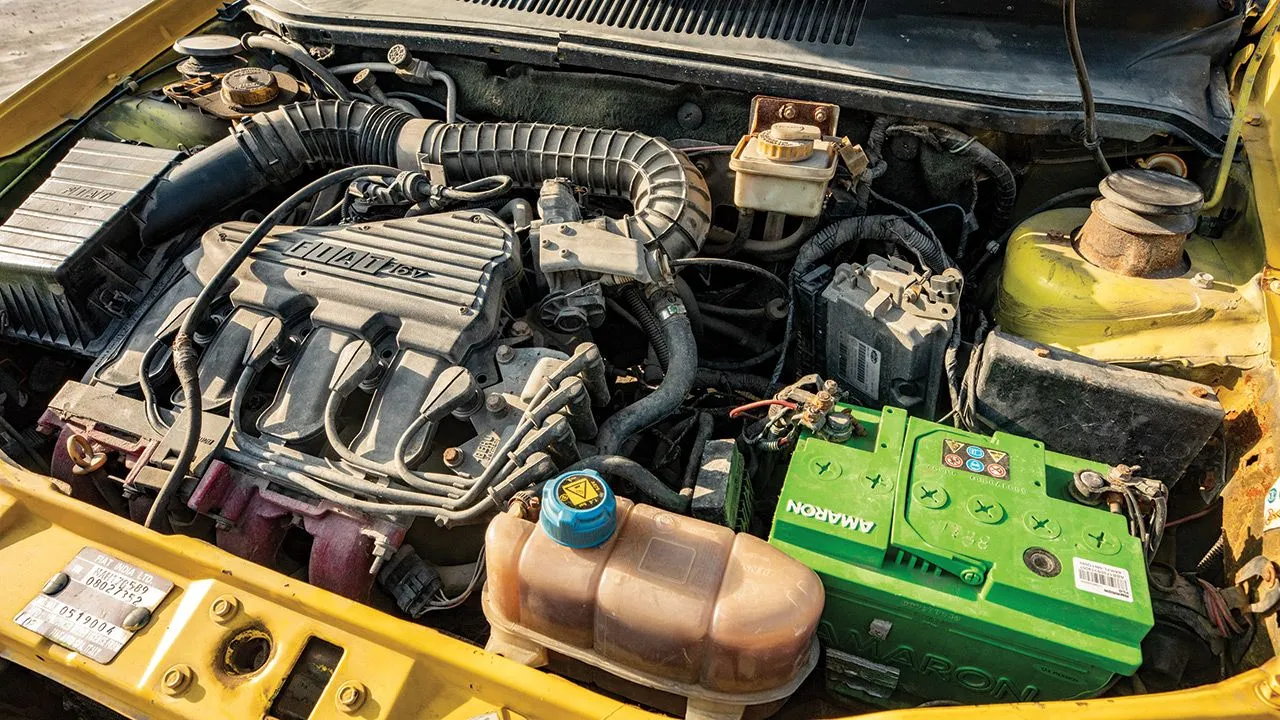
My personal favourite feature was the brakes though. Since the 1.6 was purely meant for outright fun, it seemed as if the brakes were engineered to not be an impediment to the ‘progress’ of the car. So, even jamming the brake pedal all the way to the floor would not bring the car to a stop on time.
Long story short, it was a freak of a car. I clocked over 30,000km in the Palio, which gave me both the best and the worst experience of owing a Fiat. It was a real pain in the bottom on most days, but on days it ran perfectly, it was pure box-office. There is no doubt that I absolutely loved it, but I was also aware that it wasn’t practical or pocket-friendly as a daily driver. All its issues drove me up the wall, for it was costing me more money standing still than when it was running. And to top it all was Fiat’s non-existent aftersales service – you really had to run and make the effort to find replacement parts to far-flung places, and I simply didn’t have time for that. So, after a long and hard thought, I parted ways with my Palio in 2018.
Do I miss it? Hell yes! Would I want it back? Absolutely, but only after I’ve retired and made enough money to keep its tantrums in check.
Tour de Force: Polo GT TSI
Fiat pulled the plug on the Palio in 2010, and around the same time Volkswagen brought in the Polo, which instantly became the new benchmark for hatchbacks in the country. With its sturdy build quality, excellent ride and handling, and classy interior, the Polo, along with its close cousin Fabia, was the first small car to have been made to global standards.
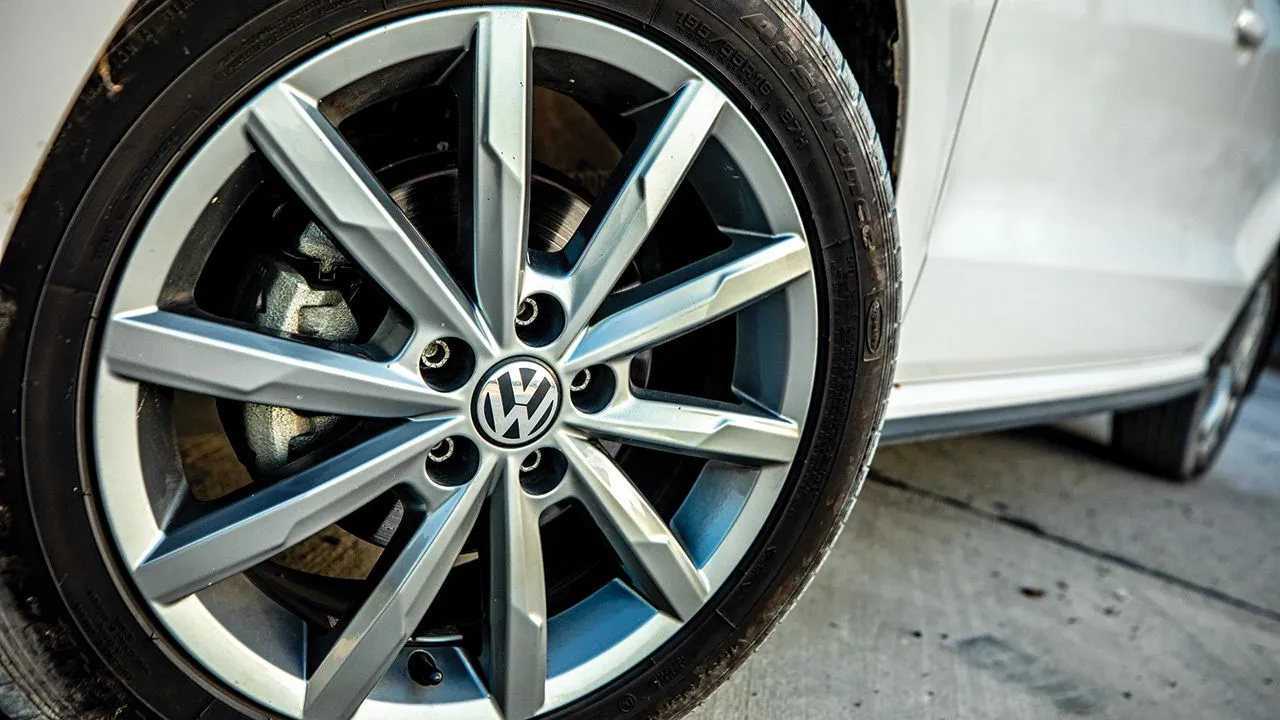
While the Polo had a lot working in its favour, it wasn’t without issues – for instance, it was launched with an anaemic 1.2-litre petrol engine, which was a bit of a downer. Thankfully, though, months after its arrival in India, VW strapped the Vento’s 1.6-litre NA petrol unit under the Polo’s hood and turned it into a hot hatch that the enthusiasts were crying for. Albeit, it was discontinued soon.
The Polo’s charge as a real hot hatch began in 2012 when VW brought in the 1.2 GT TSI. The 1.2-litre four-cylinder turbo petrol engine featured direct injection, churned out 104bhp, and came paired to a lightning-quick dual-clutch automatic gearbox. It was the first time that we had a hatchback with such advanced technology that was pretty engaging to drive. What’s more, the Polo was also offered with a 1.5-litre diesel engine with a manual gearbox. So, if you were in the ‘Torque’ camp, VW had you covered with the Polo GT TDI as well.
As good as the GT TSI was, it had its own set of problems. First of all, it wasn’t an outright driver’s car – while it was dynamically superior to its direct rivals, it didn’t speak to you in the way the Palio S10 did. The electric steering lacked feel, and the suspension was a bit soft. There was noticeable understeer when you pushed it hard around bends, and it wasn’t an outright corner carver.
The biggest hurdle for the Polo GT TSI was its DQ200 7-speed dual-clutch automatic gearbox. As amazing and quick as it was, it was infamously unreliable. Of course, these issues didn’t concern Polo aficionados, but doubts gradually crept into the minds of prospective buyers. And since VW never offered the car with a manual transmission, mass-market enthusiasts once again found themselves abandoned and alone in their quest to find the perfect everyday hot hatch.
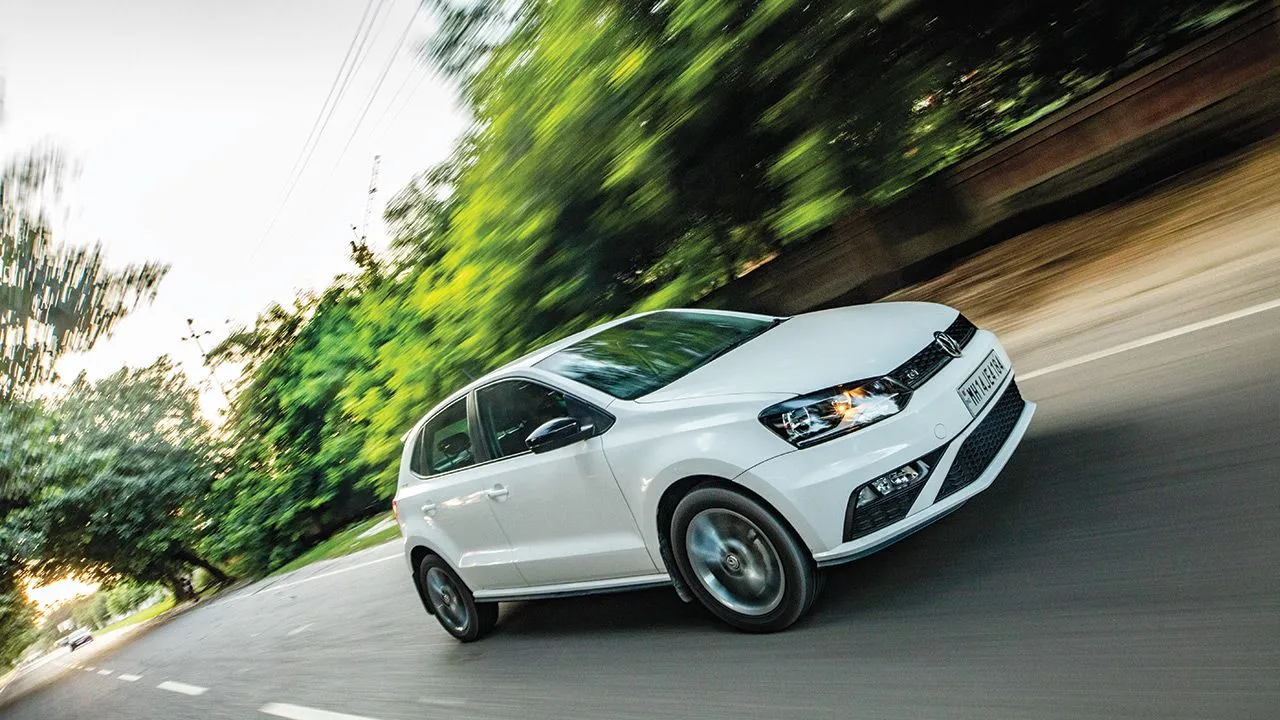
Fast forward to the present day, we now have the new Polo BS6 on sale in the country. It now features the group’s latest 1.0-litre three-cylinder TSI petrol motor, which produces more power (109bhp). Also, it is lighter and comes in both manual and automatic options. In fact, the automatic version has now discarded the dual-clutch transmission for a more reliable torque converter. If you think it’s a downgrade, well, you need to take the new Polo 1.0 GT TSI for a quick spin. And once you do, you’ll realise that the new Polo is actually quicker than its predecessor despite losing a cylinder and DCT.
Except for minimal turbo lag at low rpm, the new TSI motor is a screamer. It’s free-revving and has oodles of performance in the mid and high range. While the old 1.2 engine would run out of steam at high revs, the 1.0-litre motor keeps on pulling all the way to the redline. The automatic transmission complements the engine beautifully – you will hardly ever catch it napping or having second thoughts. You might miss paddle-shifters for an even more involving driving experience, but if you like to take control of things, you can always go for the manual version.
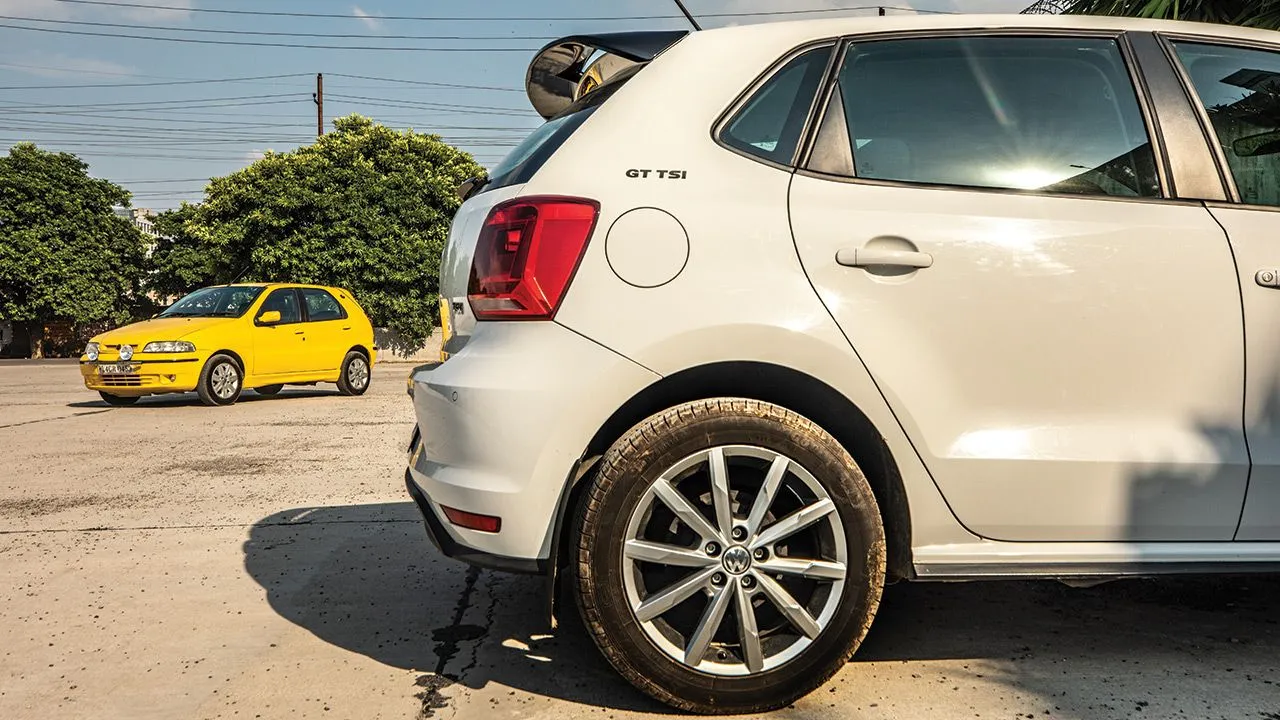
Since the current Polo is based on the same underpinnings as the old car, it’s excellent and remains supremely planted around corners at high speeds. It also means that when you start abusing the front-end, you’ll find it to be soft and cushy. Understeer sets in relatively early, and it’s no match for the S10, let alone a threat to its latest foe – the Hyundai i20 N line – in this department. The suspension is definitely not engineered for outright grip or control, and the Polo’s chassis begs for stiffer springs and wider rubber. It has huge tuning potential, which is why it’s so famous among enthusiasts in the country.
My problem with the Polo, though, is that it is a little too long in the tooth. True, there was a time when I considered it to be the heir to my Palio, but not anymore. Make no mistake, it’s still a capable car and one that’s quite involving to drive, but there’s no getting away from the fact that it’s an old car, and it feels its age. It still has more or less the same interior, with a cramped cabin. Frankly, it doesn’t feel special anymore. It’s a great car, of course, but you do get a feeling that you’re being short-changed, especially when there’s an all-new Polo on sale in global markets.
In Hot Pursuit: i20 N Line
With the ghost of the glorious Palio S10 on one side and the long-standing segment benchmark set by the Polo GT TSI on the other, the Hyundai i20 N Line has its work cut out. So, how does it fare against the legends of the past?
To be brutally honest, I was a bit underwhelmed with the latest-gen i20 when it was launched last year. Make no mistake, as a product, it was brilliant. But as a fun car to drive, it fell short on the promise, despite having a 118bhp turbo petrol engine and a capable chassis. So, when Hyundai announced the arrival of the N Line without any major mechanical updates, I wasn’t expecting much from the i20 N Line. I thought it was going to be boring. Turns out, I was wrong, and by quite some margin!
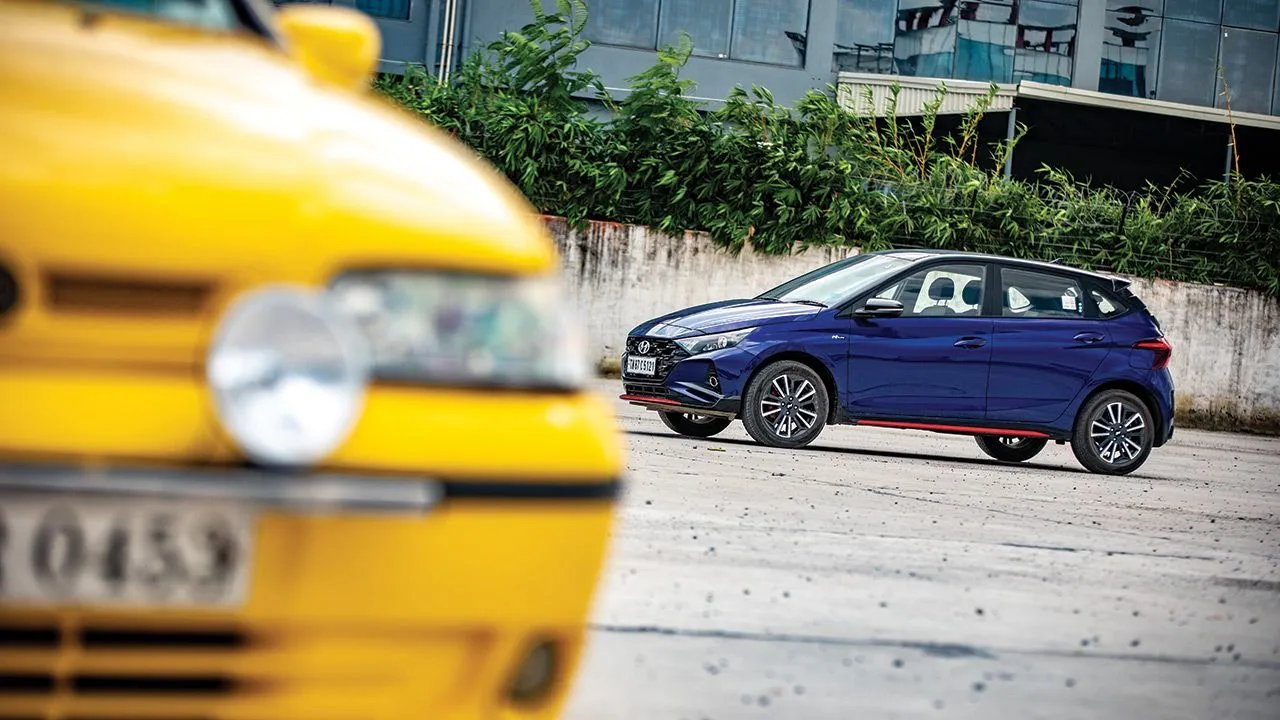
Now, some might say that Hyundai chose the easy way out here and that instead of giving us a full fat N car, it gave us the N Line with fancy new wheels, a sporty body kit, bright colour options, and some minor tweaks – in short, nothing major over the regular car. And, frankly, it’s not completely untrue, for the i20 N Line is not a proper hot hatch. But whatever it is – and I’m shocked to say it – it’s absolutely mind-blowing.
Mechanically, the i20 N Line retains the 1.0-litre turbo petrol unit and the dual-clutch automatic / 6-speed IMT gearbox of the standard car. So, in terms of performance, it’s no slouch. Sure, the turbo lag is more pronounced here at lower RPMs than it’s in the Polo, and the DCT is a little too relaxed compared to the 1.2 GT TSI’s snappy DSG, but on all the other counts, the i20 N Line is simply sublime.
For starters, the steering wheel is new, and it’s come directly from the N parts bin. Also, it’s markedly sharper and offers excellent feedback. The rack has virtually no slack, and it doesn’t feel dead at the centre like in the standard car. Turn-in is sharp, and it corners flat like a proper hot hatch. This newfound composure is the result of 30% stiffer springs of the N Line. The handling is taut, and you immediately feel the difference.

As someone who trolled Hyundai cars, especially the i20, for handling like a ‘boat’ all my life, I must say that the N Line had me eat a huge slice of humble pie. There has never been a hatchback in the mass market segment that felt this tied-down around corners – at least, I can’t think of a single one. You would only get this sort of suspension tuning in cars with aftermarket mods. Then, there are the brakes – with discs on all four corners, the i20 N Lines stops dead in its track as soon you stomp on the brake pedal.
Having said that, I must add that the i20 N Line isn’t perfect, for Hyundai has definitely missed an opportunity here by not offering it with a manual gearbox. Plus, the engine feels strained at higher reaches, and it doesn’t enjoy being thrashed at the top of the rev band. The chassis can easily handle 20 – 30 horses more, and if not the 1.6-litre turbo of the actual N car, Hyundai should at least consider putting the Creta’s 1.4-litre under the bonnet of the N Line in India.
I’m also not a fan of the red accents on its body and inside the cabin – they are the only bits that seem to be aftermarket additions in an otherwise wholesome package. The exhaust makes fruity sounds when you hear it from outside, but you hardly hear anything while driving – a bit weird! With stiffer springs, the ride is, of course, firm at low speeds, and you do feel the jolts on bad sections of the road, but it gets better at higher speeds.
Even with its flaws, I believe the i20 N Line is easily the best mass-market hot hatch that has come to India. What I love about the i20 N Line is that it doesn’t compromise on its everyday functionality for offering you a fun driving experience. It’s not all hot-and-bothered like the Palio 1.6 during daily commutes, and it’s not cramped or outdated like the Polo. There’s more than enough space for your family and kids here. And you’ll have all the creature comforts you need in a modern hatchback. Plus, given Hyundai’s track record in India, you can always bank on their aftersales service if, God forbid, things go wrong with your car. Last, but not least, all the performance mods that the i20 N Line gets are factory-fitted, which means that there’s virtually zero room for error – something that so often happens with aftermarket fitments.
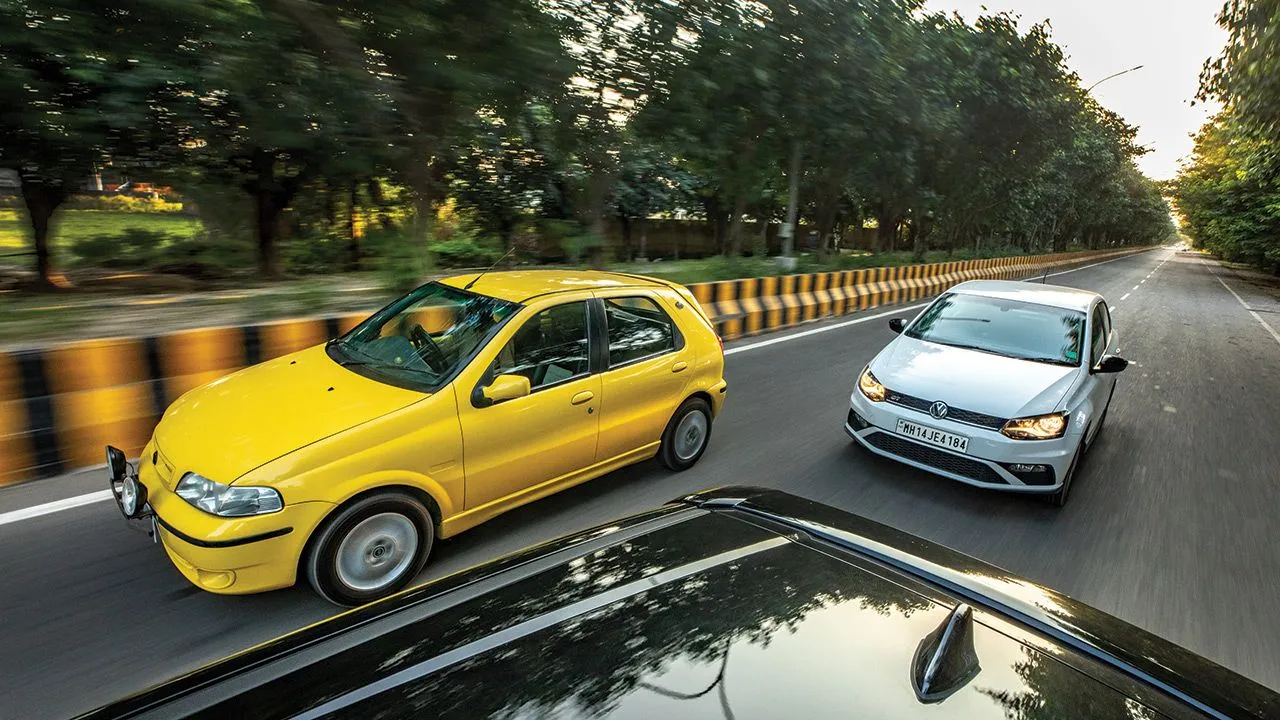
Let’s wrap this with the most important question – would I buy the i20 N Line? The answer is a resounding yes! And it’s just not me, I happened to meet another Fiat enthusiast recently, who owns a Palio 1.6 and a Punto Abarth, and he too shares my opinion.
‘I’ll buy it. It gives me everything I want. Handling and features. I love the steering feel and taut suspension. Besides, there’s nothing like it on the market. What else do you want from a hot hatch for daily driving duties?’
I don’t think I could’ve explained it any better.

It’s fair to say that we finally have a hot hatch for working-class car enthusiasts. Don’t believe trolls on the internet. Don’t even take my word for it. Just go and take a test drive of the i20 N Line and see it for yourself – it’s the real deal!
Read more:
Engine: 1,596cc / 4-Cylinder / Naturally Aspirated
Fuel: Petrol
Transmission: 5-Speed Manual / Front-Wheel Drive
Power: 100bhp @ 5,500rpm
Torque: 137Nm @ 4,250rpm
Price: NA




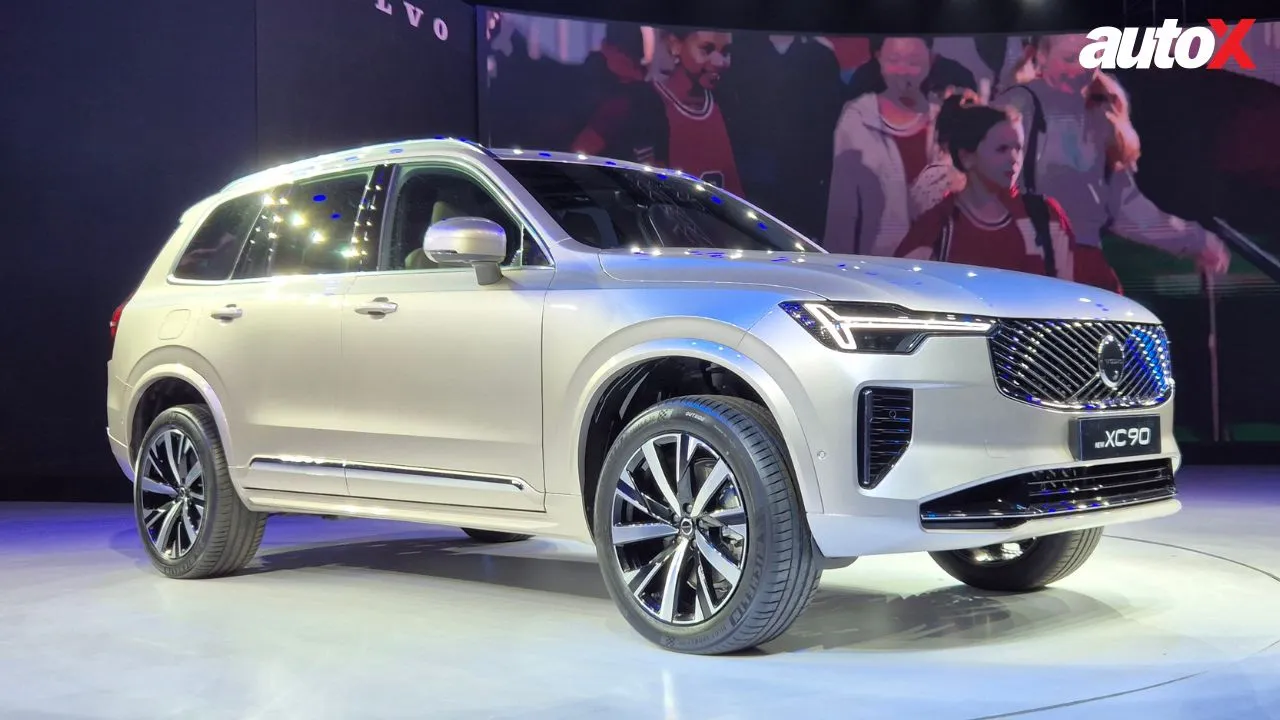

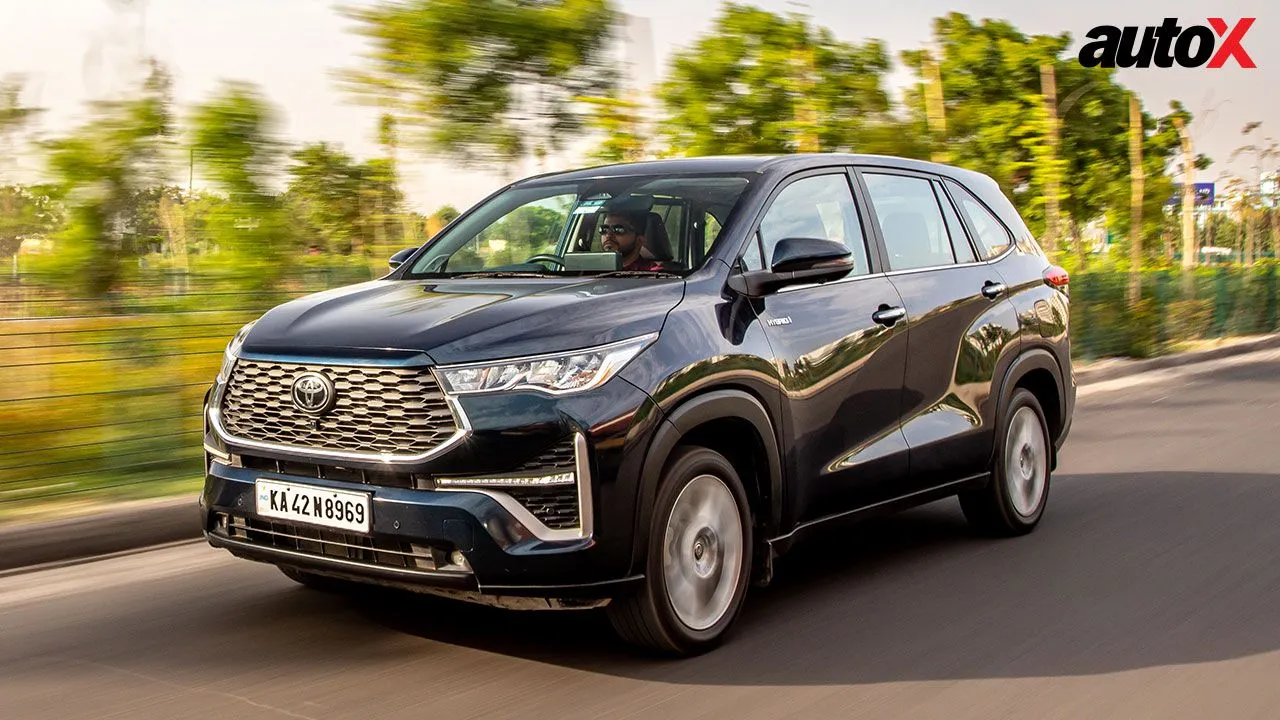
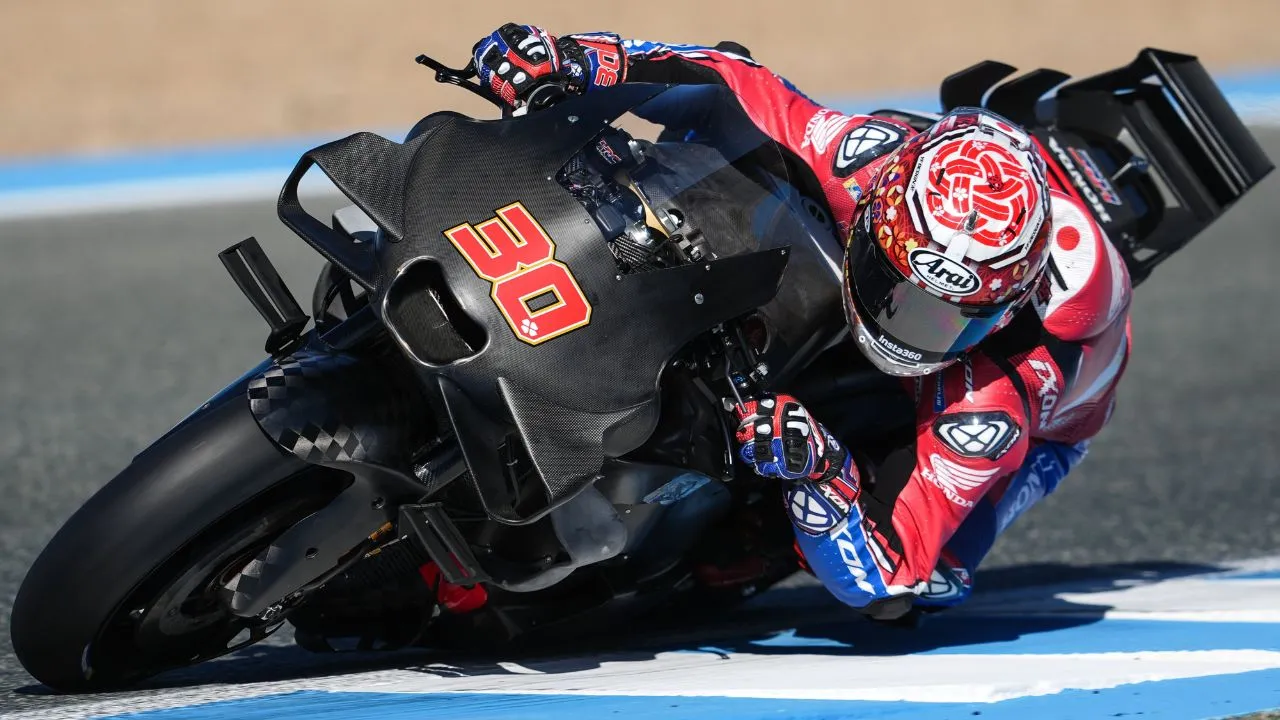
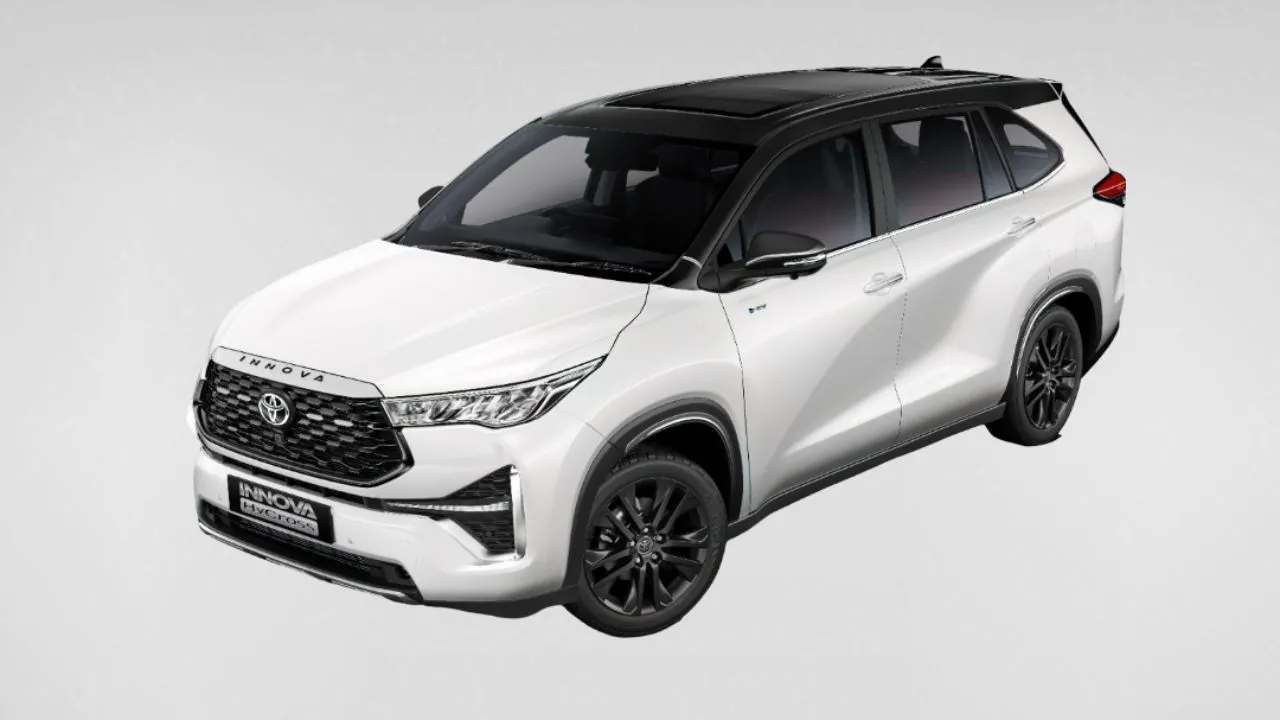


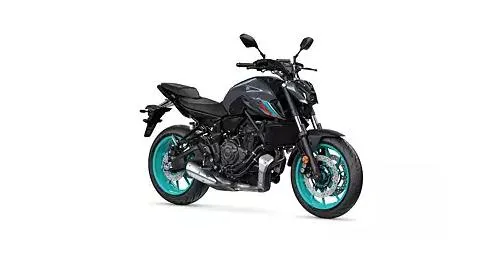

















Write your Comment on